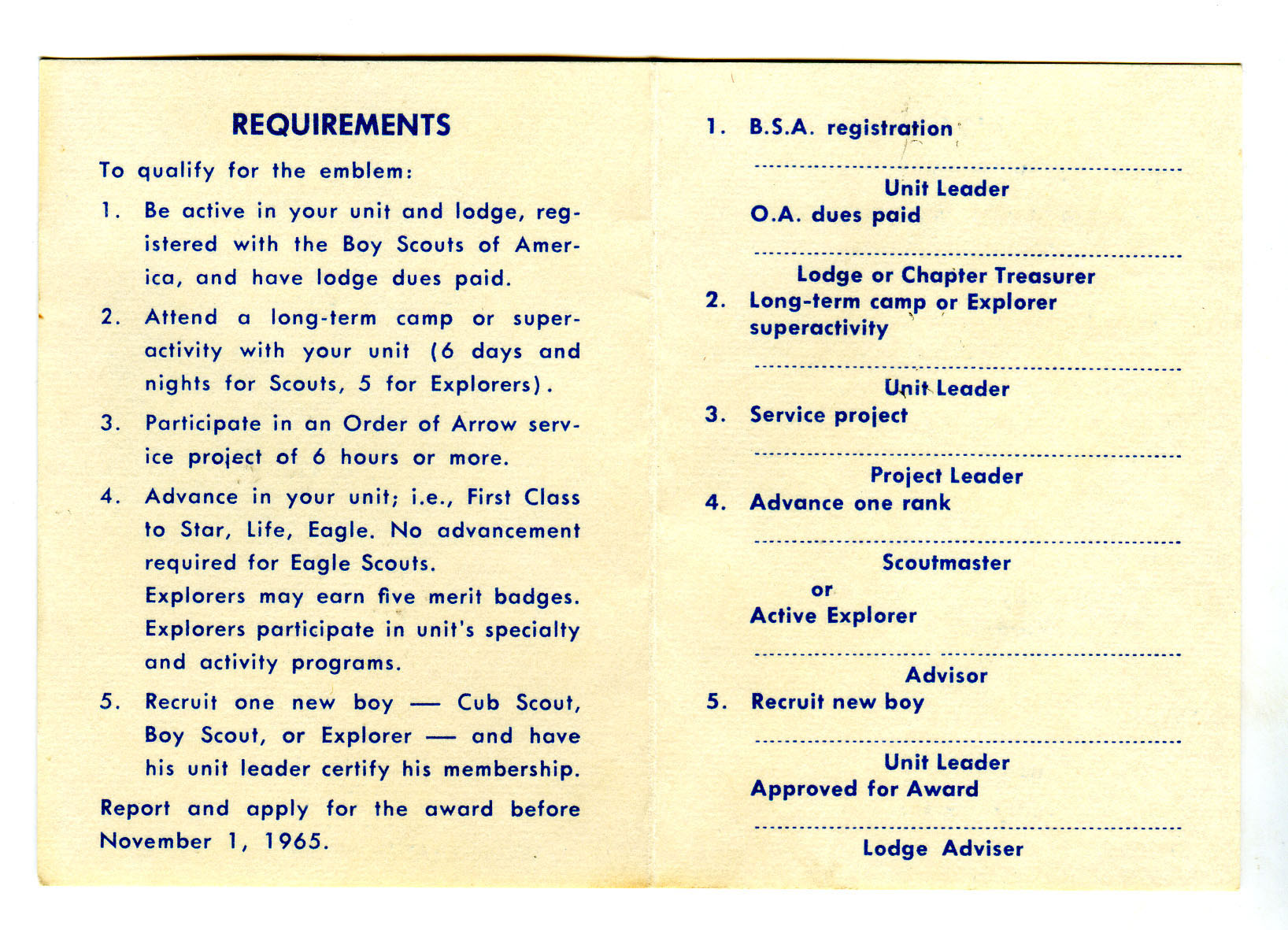John (Jock) Forrest was inducted as an Ordeal Member into Chappegat Lodge (now Ktemaque) near New Rochelle, New York in 1952, earned his Brotherhood in1953, and was recognized with the Vigil Honor in 1960.
Jock was a member of the Massachusetts Institute of Technology (M.I.T.) Alpha Phi Omega (APO) chapter where, after earning a Master’s of Science degree in Political Science, he was deeply impressed with the work of a younger member, Ray Petit. The two became life-long friends and as highly energetic organizer and manager, Jock shared much of Ray’s work with a larger audience. Jock served as an early contributor to many Scouting Service Exchange (SEE) projects including the Election Ceremony and procedures revisions, and the editing and development of the Handbook for Ceremonial Teams, and other projects.
From 1961 to 1977 John Forrest served in the United States Army, including an assignment in the Advanced Research Projects Agency’s (DARPA) Vietnam field office, eventually earning the rank of Major. For over four years in the mid 1960s, while stationed in Vietnam, Jock was in charge of the US government’s Scouting Project office, organizing Scouting units throughout South Vietnam. His unreserved devotion to his nation was recognized with various awards, including the Bronze Star, the Meritorious Service Medal, and the Joint Service Commendation (each with oak leaf clusters) as well as the Army Commendation Medal and Air Medal.
After returning from Vietnam, Jock was instrumental in the transition of the APO SEE project into what became the Ceremonial Advisory Group, the management of early NOAC Ceremonial Team and Inductions Training, including, in 1976, the coaching of the first team to perform the new pre-Ordeal Ceremony for the National OA Committee (resulting in its eventual approval), and the development of the OA’s Unit Representative program.
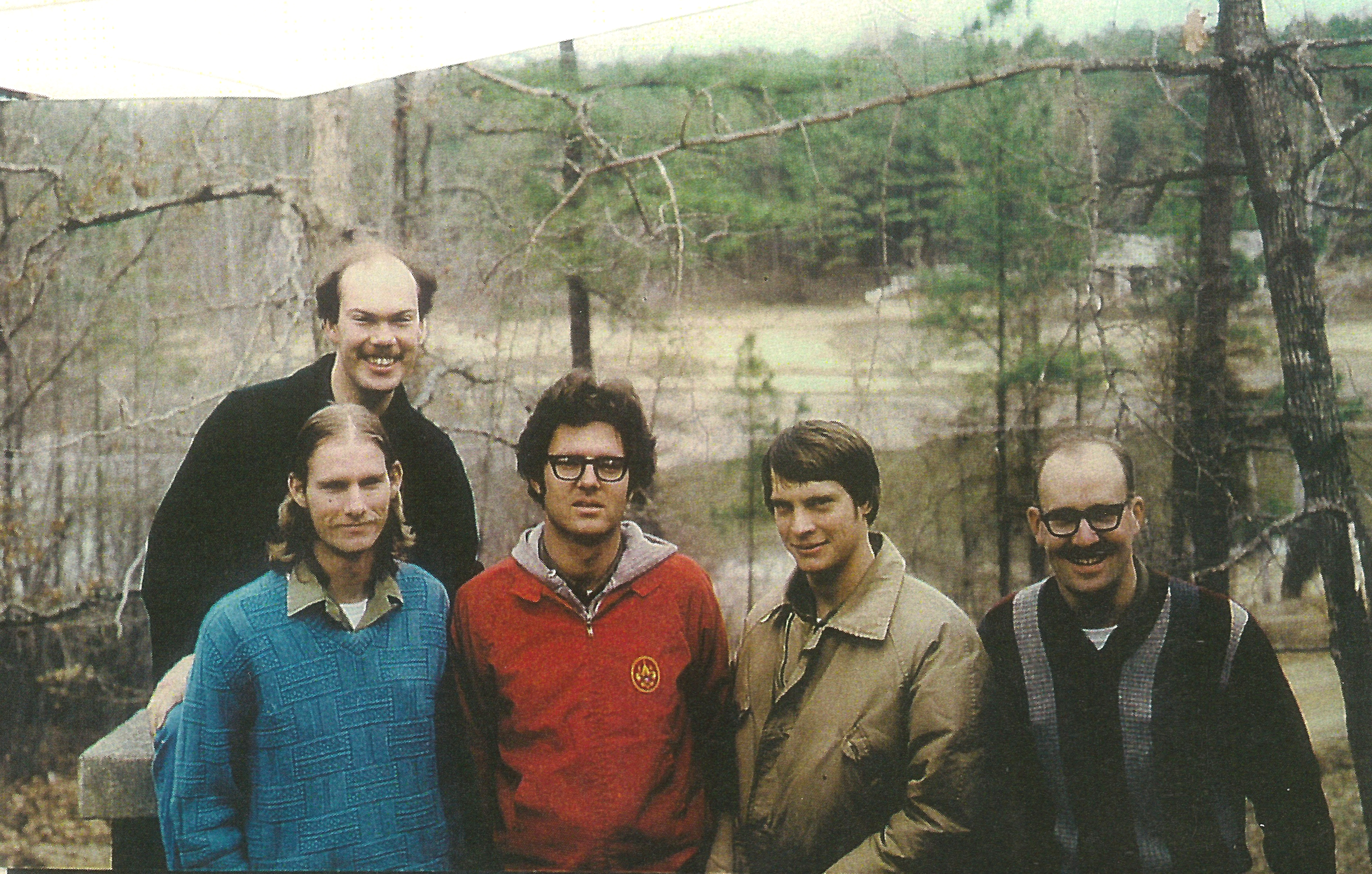
Forrest is on the far right of this photo.
His Scouting service has been characterized by his tireless devotion and high levels of energy, and has been recognized by the Order of the Arrow’s Distinguished Service Award (1977), the Silver Beaver, the God and Service Medal and Founder’s Award.
2
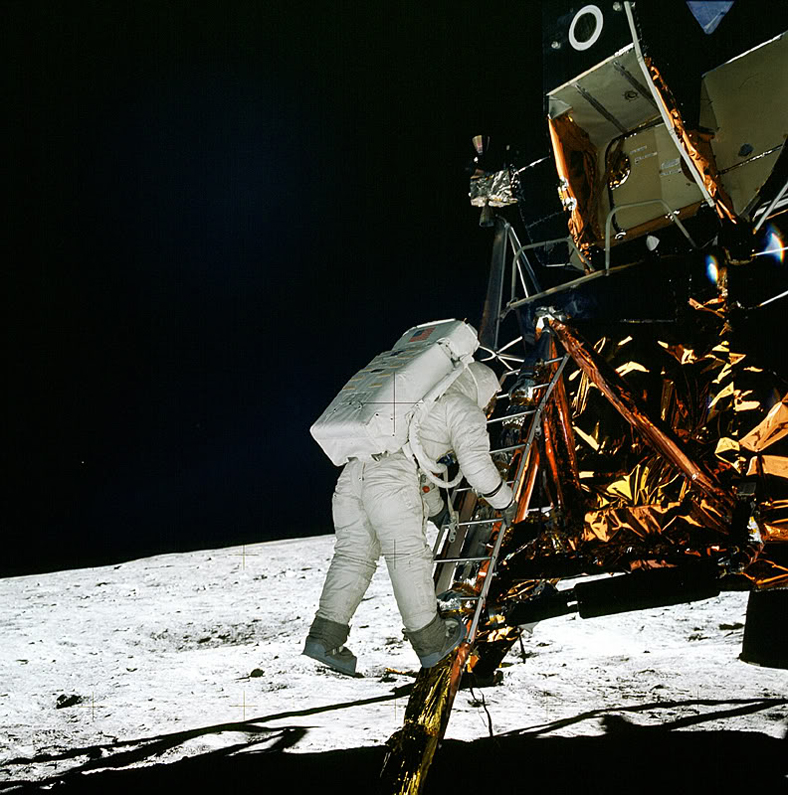
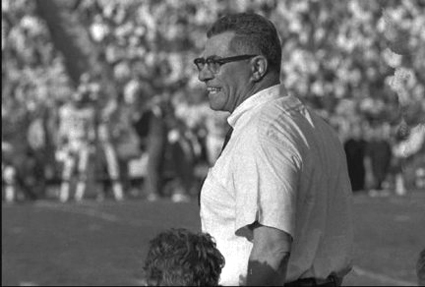
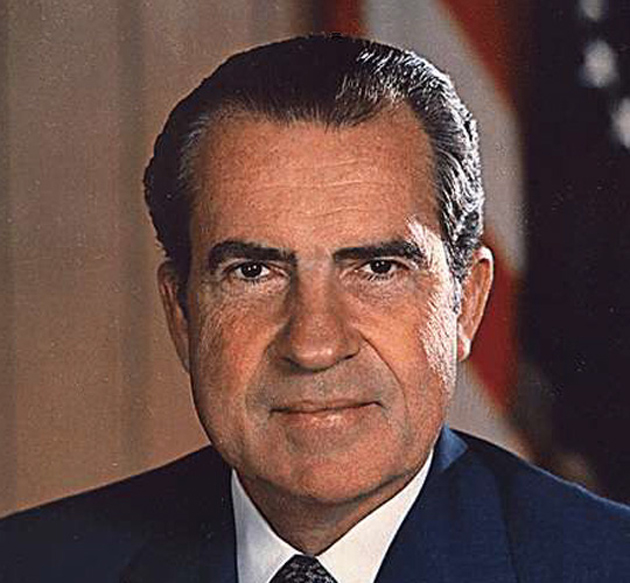 Our 37th President was a former Vice President, Lawyer, U.S. Representative, and Naval Officer (Lieutenant Commander) in World War II. He was re-elected in 1972 in one of the largest landslide victories in U.S. history, but the Watergate Scandal marred his second term and Nixon became the only President to be forced to resign from office in disgrace or face certain impeachment and expulsion. Richard Nixon was present for two
Our 37th President was a former Vice President, Lawyer, U.S. Representative, and Naval Officer (Lieutenant Commander) in World War II. He was re-elected in 1972 in one of the largest landslide victories in U.S. history, but the Watergate Scandal marred his second term and Nixon became the only President to be forced to resign from office in disgrace or face certain impeachment and expulsion. Richard Nixon was present for two 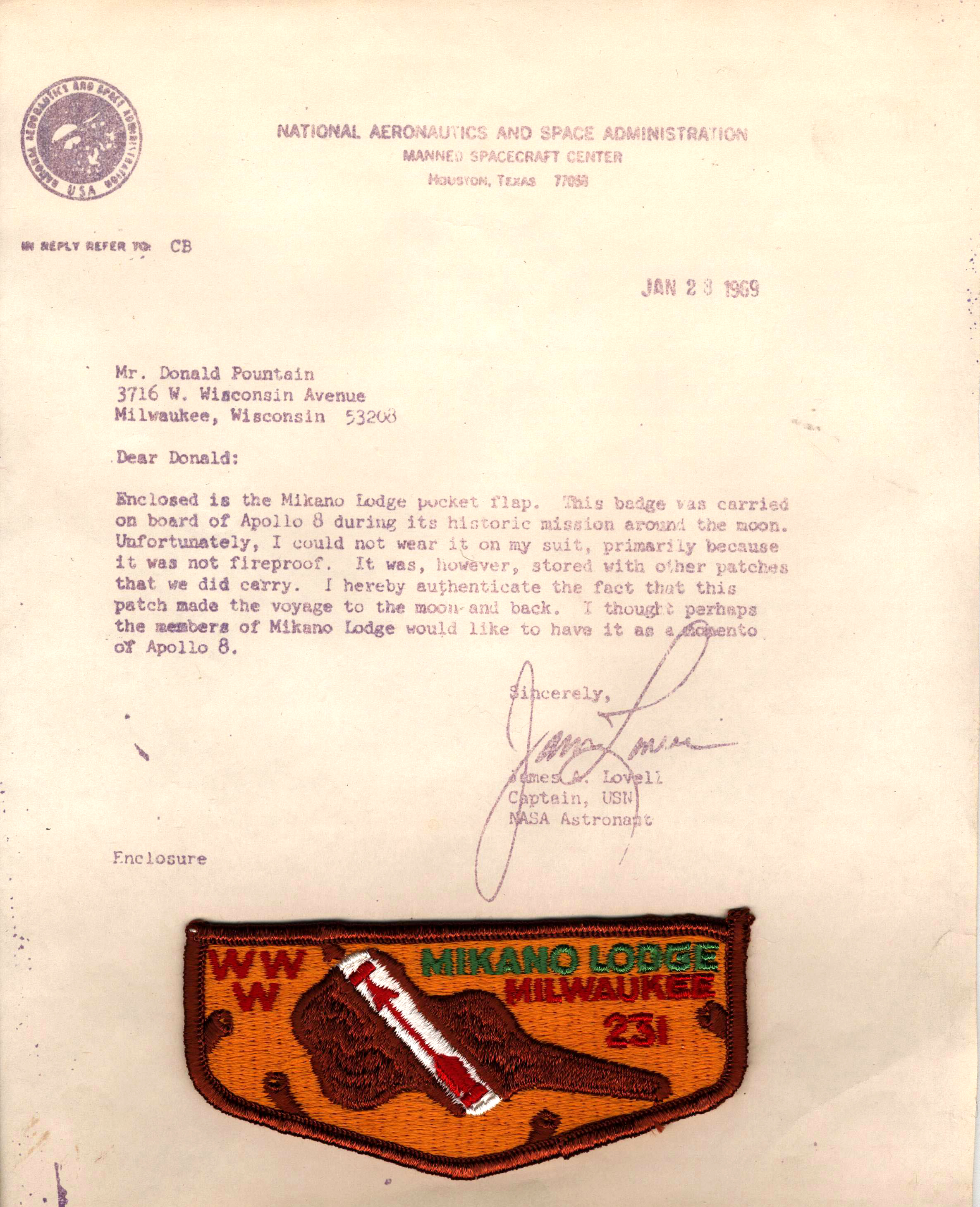
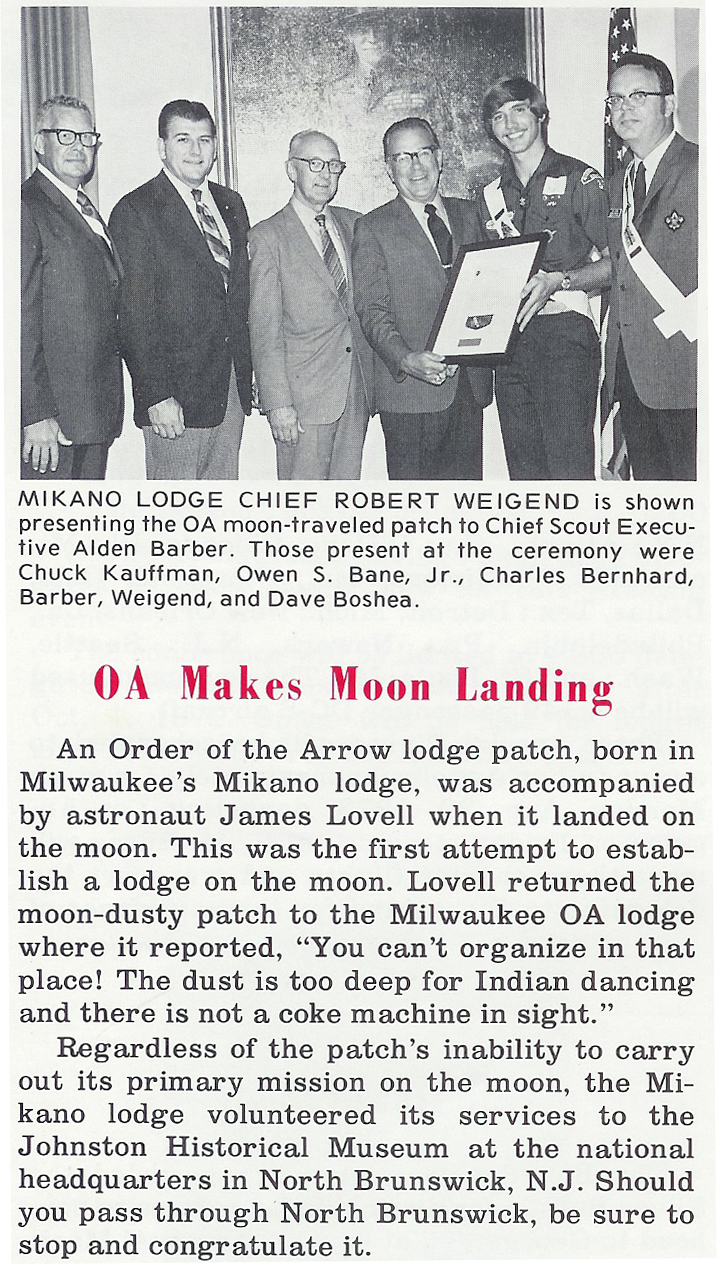
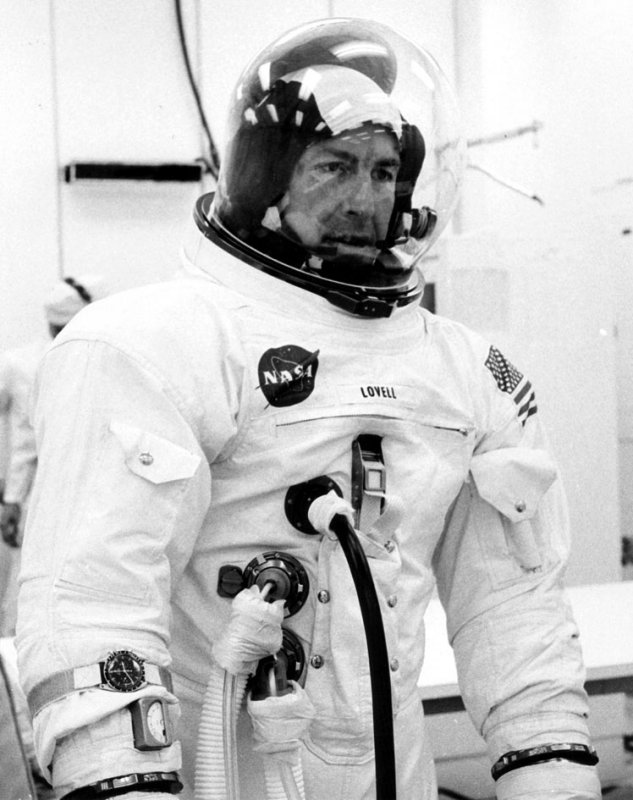
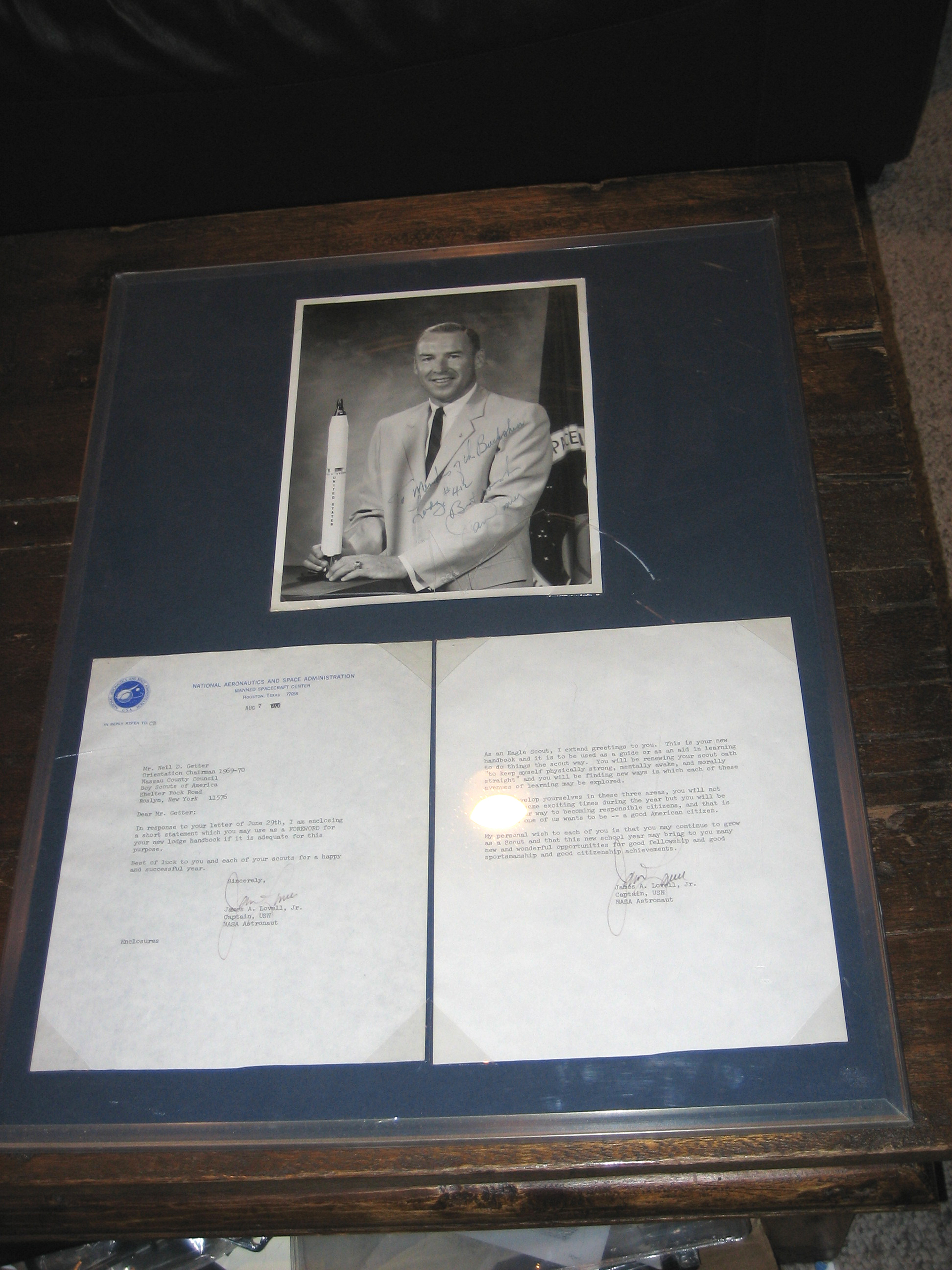
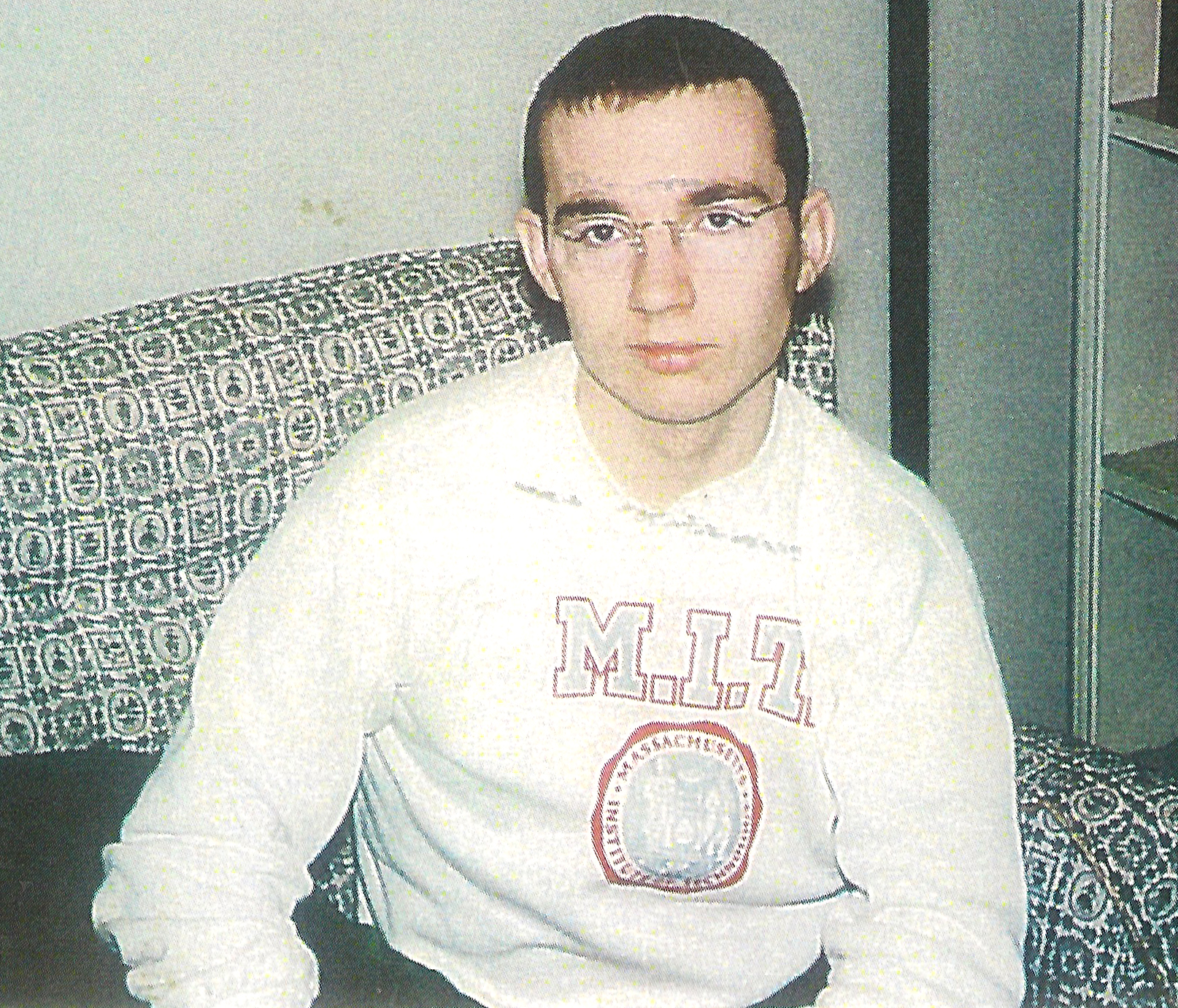
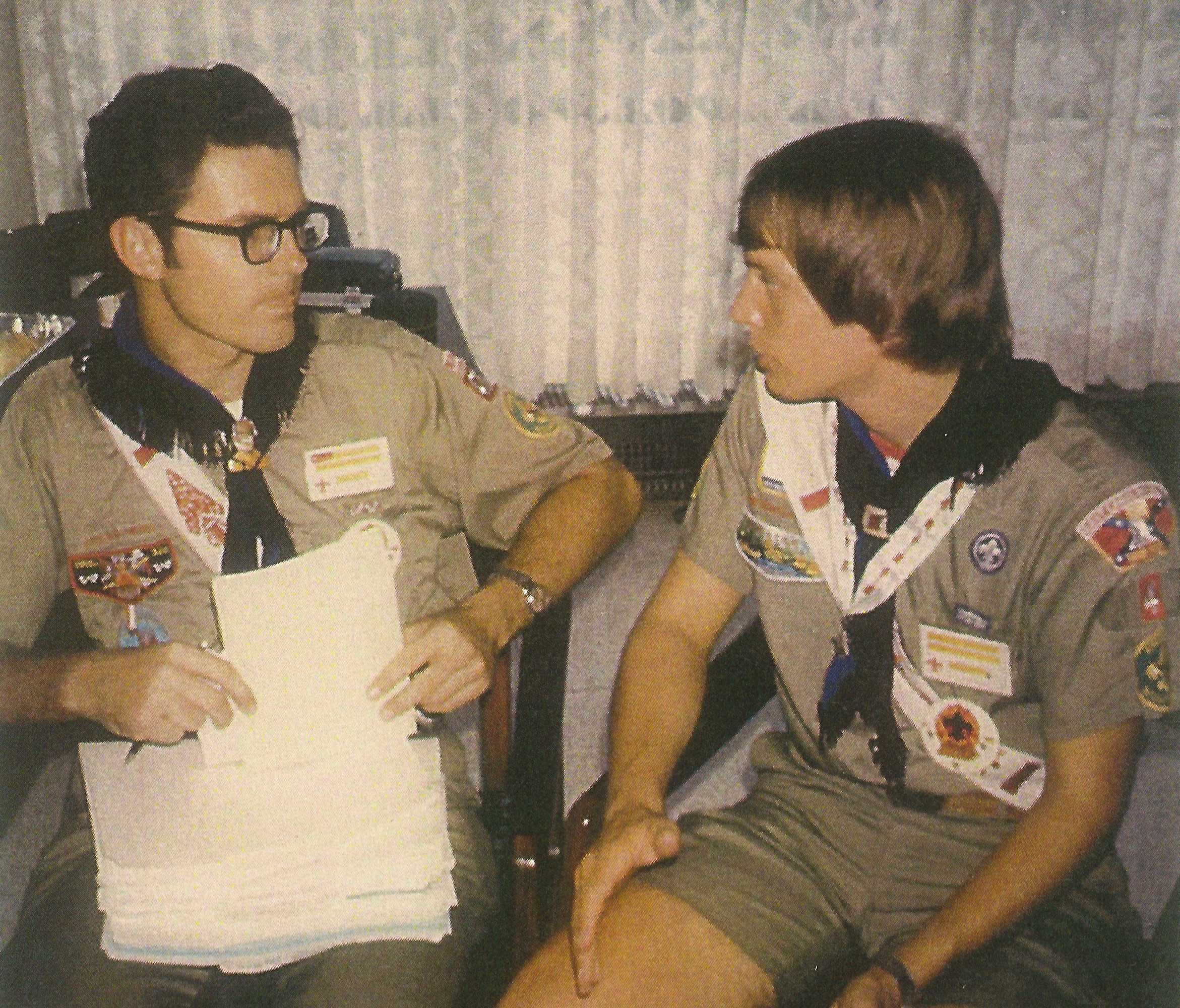
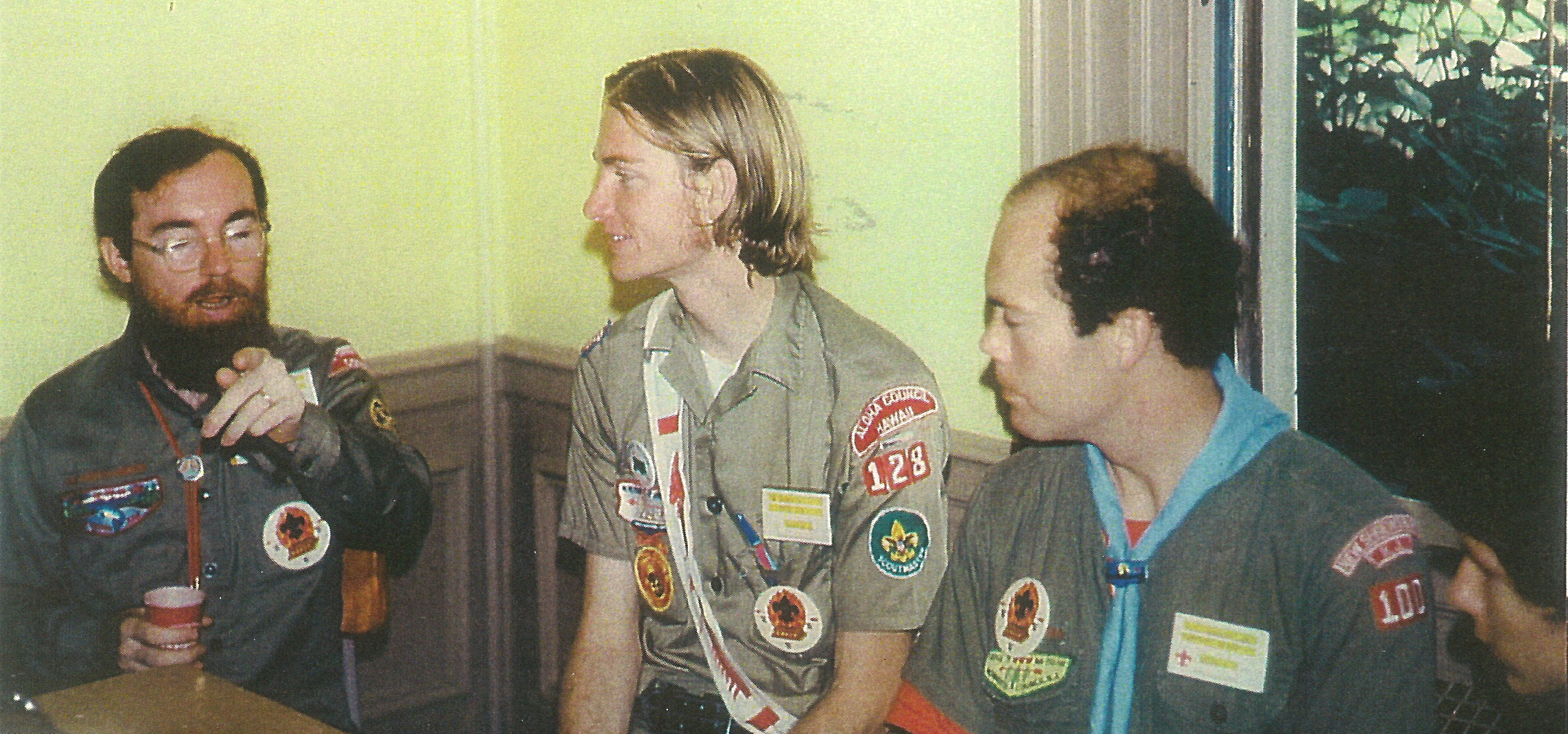

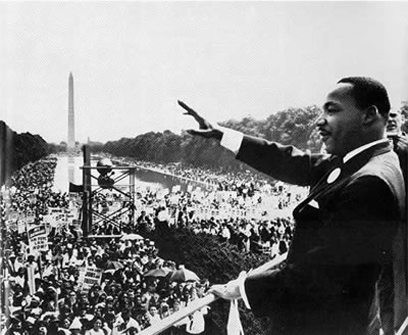 On August 28, 1963 on the steps of the Lincoln Memorial in Washington, D.C. Dr. Martin Luther King, Jr. delivered one of the most iconic speeches of the twentieth century, entitled “I Have a Dream,” as a part of the civil rights movement’s march on Washington for Rights and Freedom.
On August 28, 1963 on the steps of the Lincoln Memorial in Washington, D.C. Dr. Martin Luther King, Jr. delivered one of the most iconic speeches of the twentieth century, entitled “I Have a Dream,” as a part of the civil rights movement’s march on Washington for Rights and Freedom.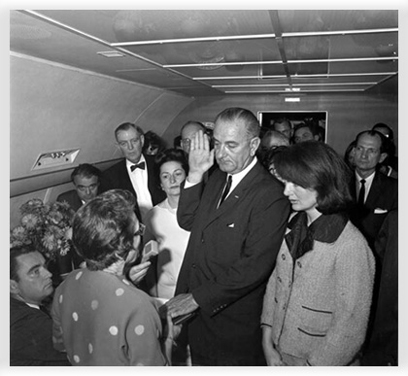 President John F. Kennedy
President John F. Kennedy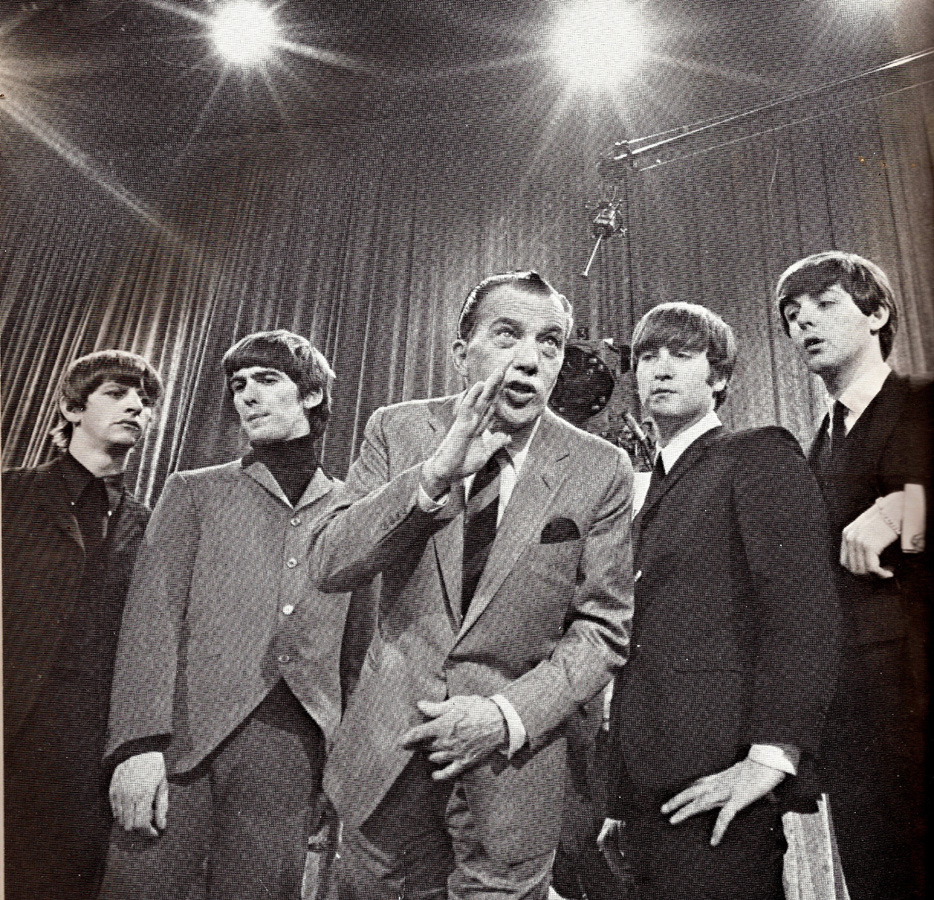 Some say that when the Beatles made their first appearance on American television on The Ed Sullivan Show on February 9, 1964, it was and remains a seminal event in the history of rock and roll music. Mass hysteria resulted wherever the Beatles appeared, thus “Beatlemania” ensued.
Some say that when the Beatles made their first appearance on American television on The Ed Sullivan Show on February 9, 1964, it was and remains a seminal event in the history of rock and roll music. Mass hysteria resulted wherever the Beatles appeared, thus “Beatlemania” ensued.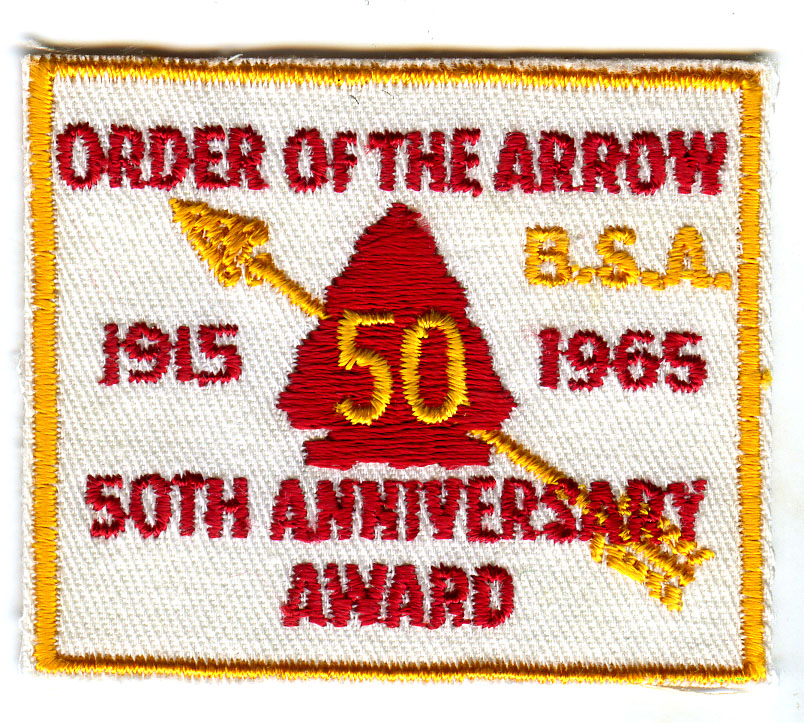 The Order of the Arrow (OA) celebrated its
The Order of the Arrow (OA) celebrated its 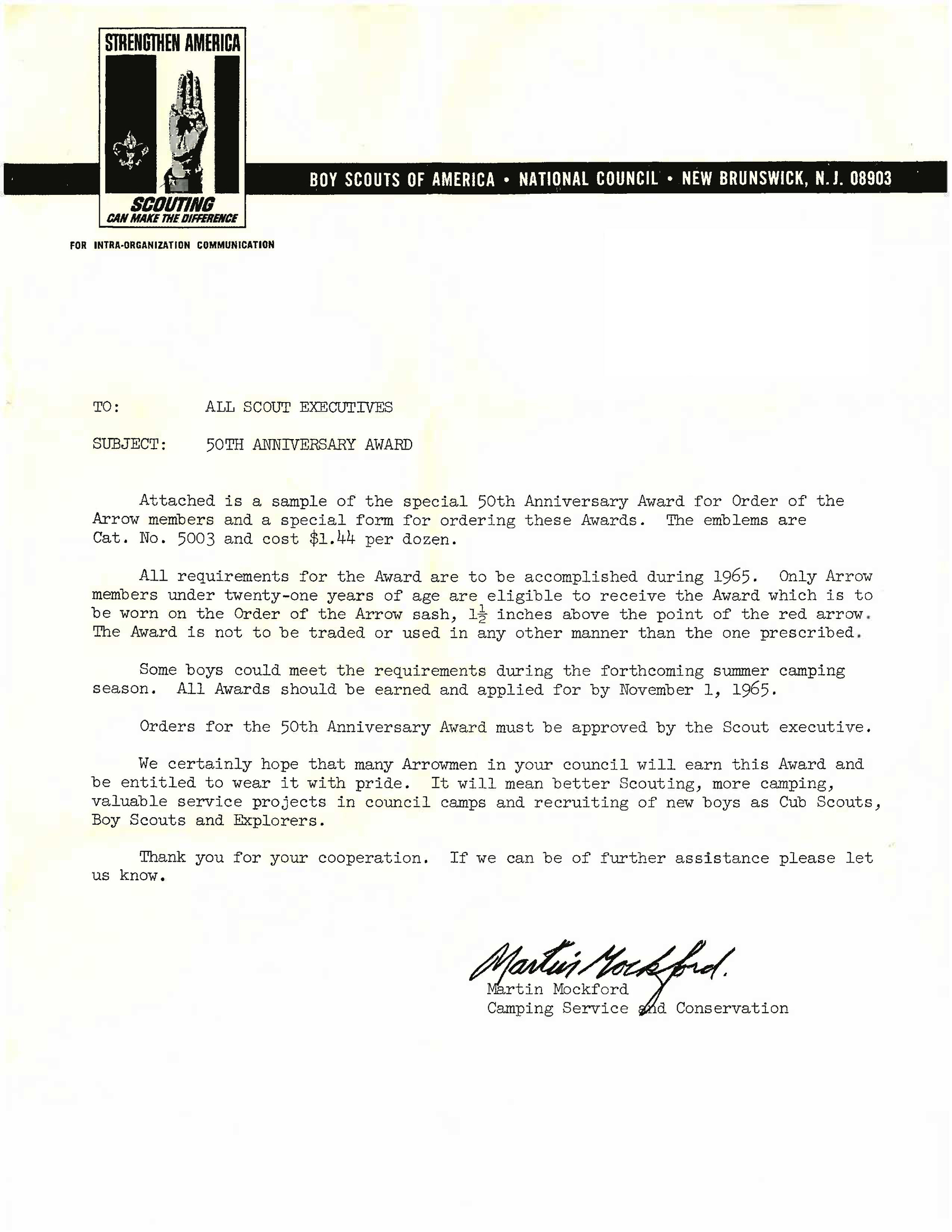 o recognize individual service, a 50th Anniversary Award was created for each Arrowman under twenty-one years of age who fulfilled specific requirements during the 1965 calendar year. These requirements were outlined on an official scorecard, and were to be completed and signed off by the Arrowman’s unit leader and lodge adviser prior to November 1. They included such things as active interest in the lodge and unit; attendance at summer camp; participation in an OA service project; rank advancement; and new member recruitment. There were 26,576 successful Arrowmen who received a special 50th Anniversary Award, and this cloth emblem was to be worn in the designated location on the Arrowman’s sash.
o recognize individual service, a 50th Anniversary Award was created for each Arrowman under twenty-one years of age who fulfilled specific requirements during the 1965 calendar year. These requirements were outlined on an official scorecard, and were to be completed and signed off by the Arrowman’s unit leader and lodge adviser prior to November 1. They included such things as active interest in the lodge and unit; attendance at summer camp; participation in an OA service project; rank advancement; and new member recruitment. There were 26,576 successful Arrowmen who received a special 50th Anniversary Award, and this cloth emblem was to be worn in the designated location on the Arrowman’s sash.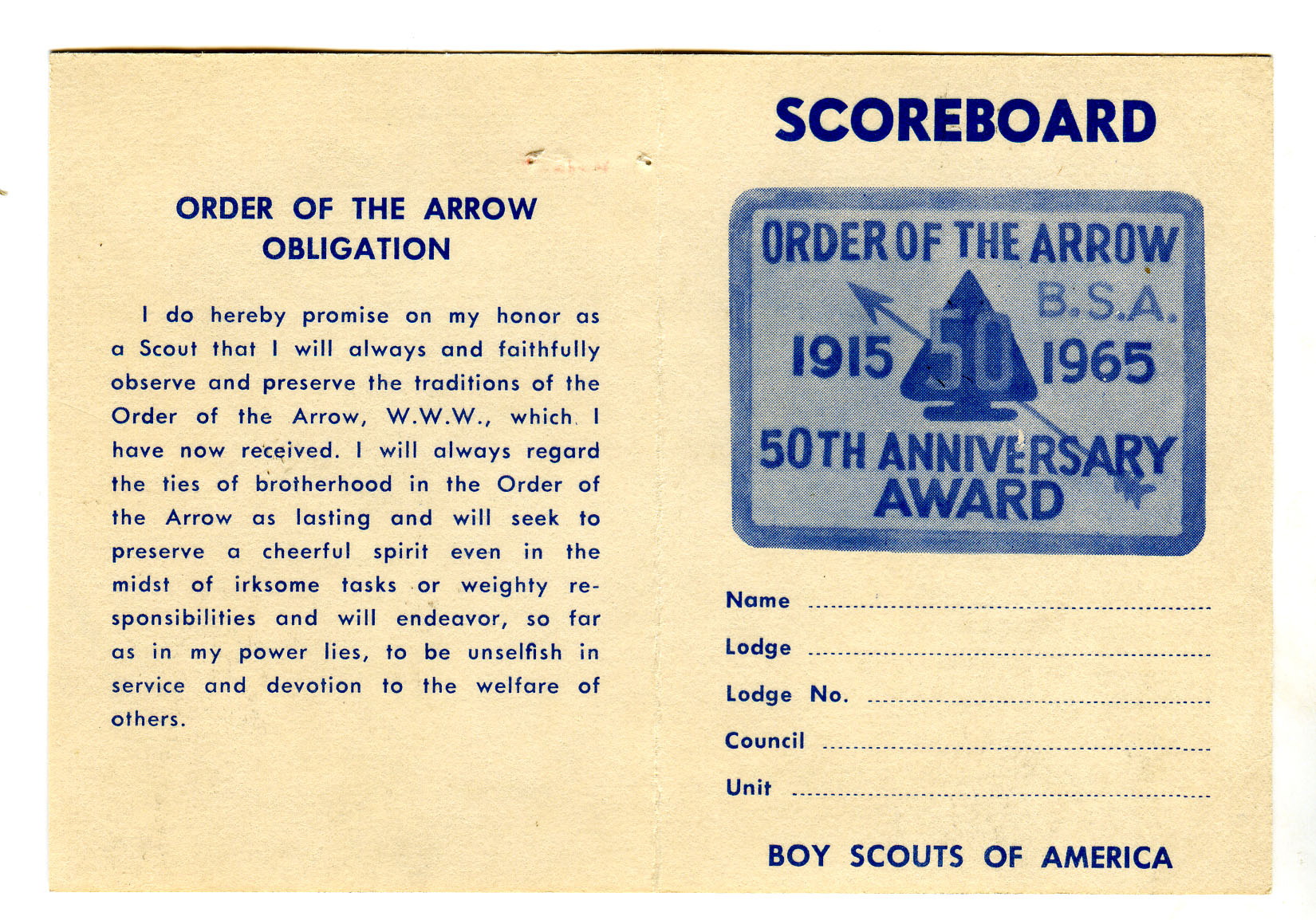 .
.